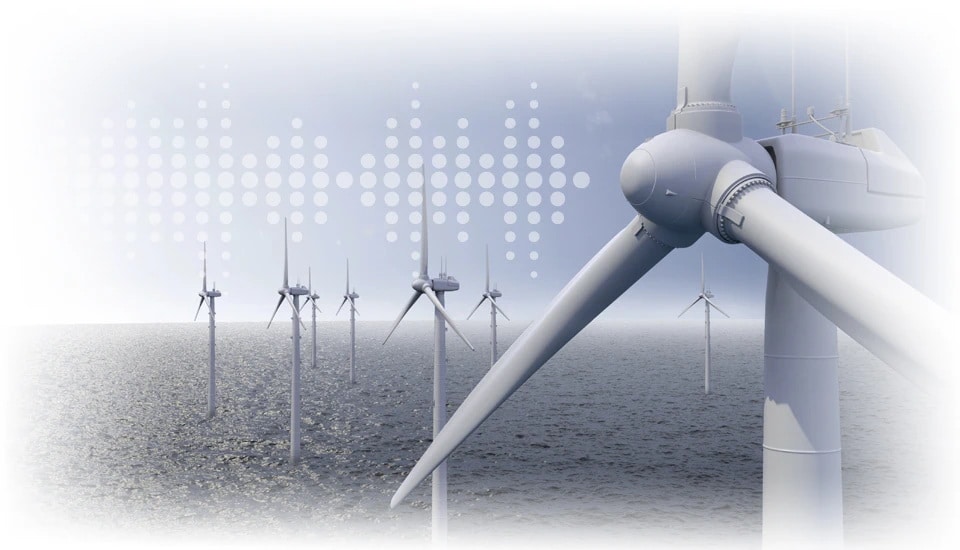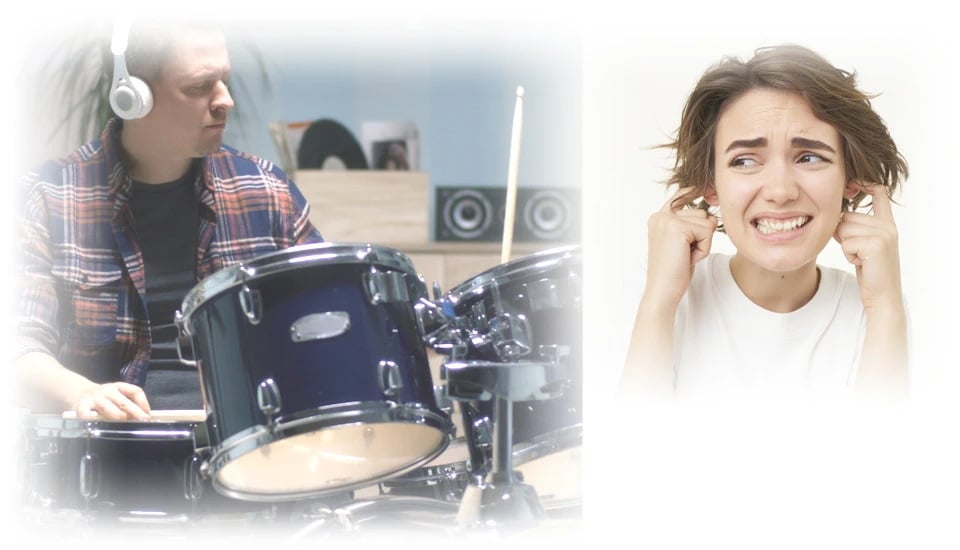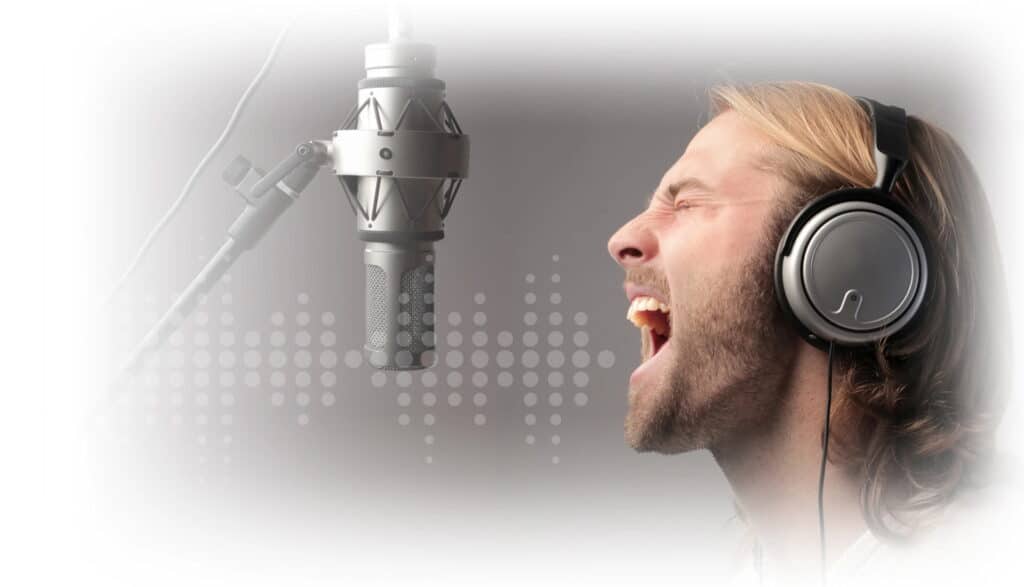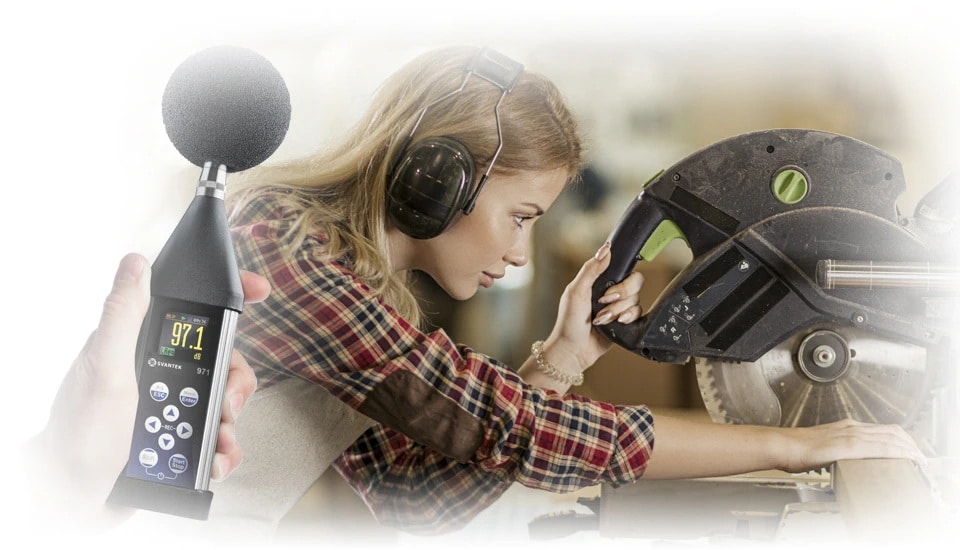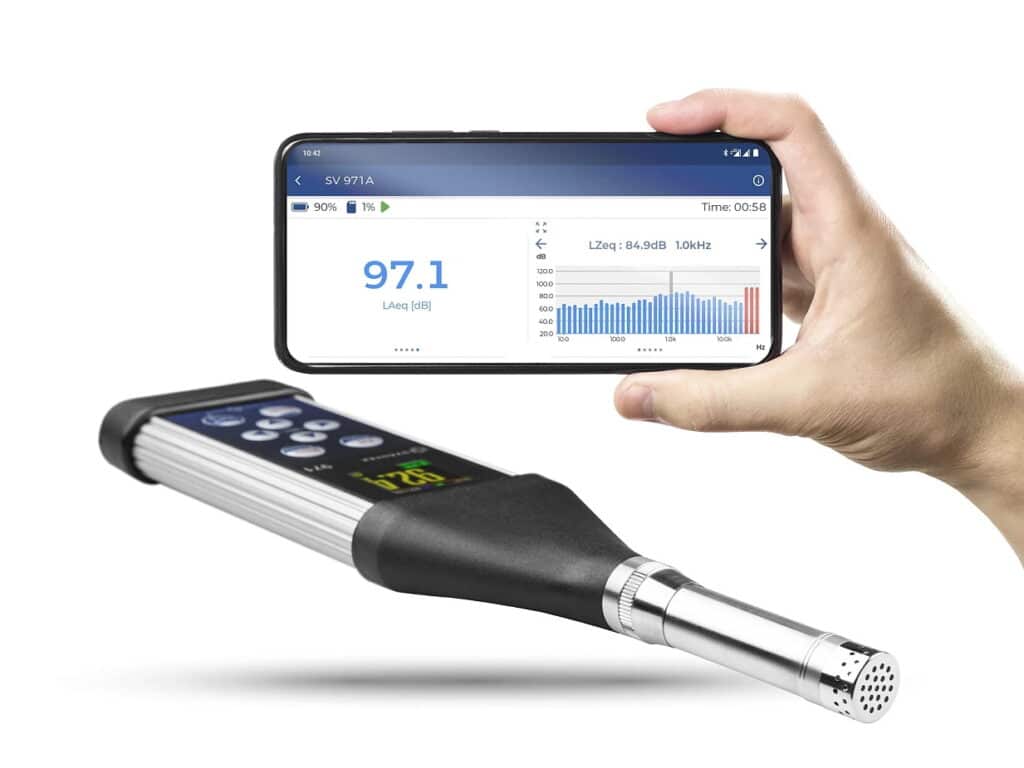Sound Energy: Definition, Characteristics, and Measurement Techniques
Sound energy is a form of mechanical energy propagated through mediums such as air, water, or solids, emanating from the vibrations of an object and characterized by attributes like frequency, amplitude, and duration. It manifests in various forms, including audible sound within the frequency range perceivable by the human ear (20 Hz to 20 kHz), infrasound below this range, and ultrasound above it, each finding unique applications from natural disaster monitoring to medical diagnostics. The impact of sound energy on humans and the environment is assessed through key acoustic parameters like the Equivalent Continuous Sound Level (Leq), which represents cumulative exposure over time, and the Sound Exposure Level (SEL), quantifying the energy content of specific events.
